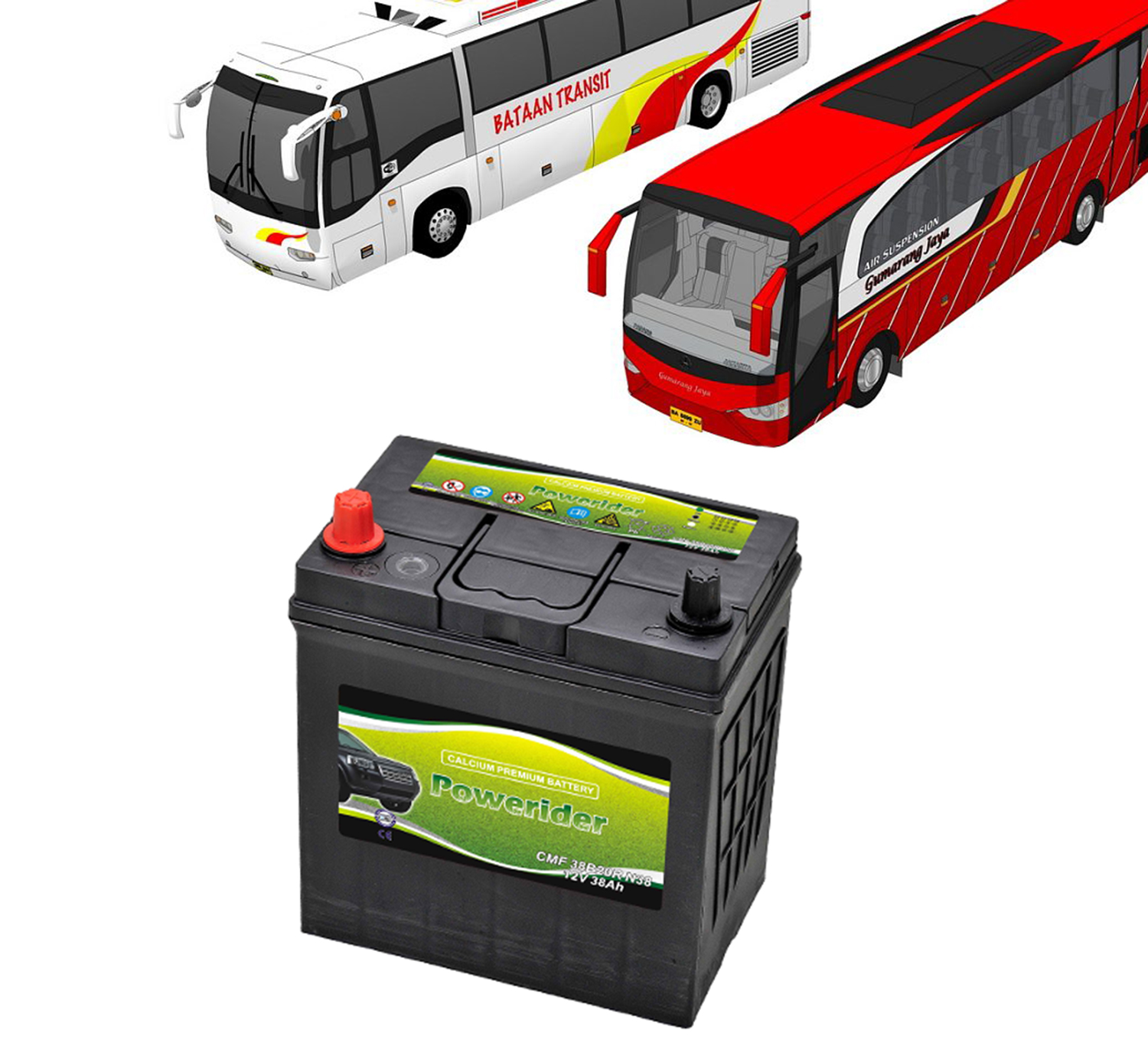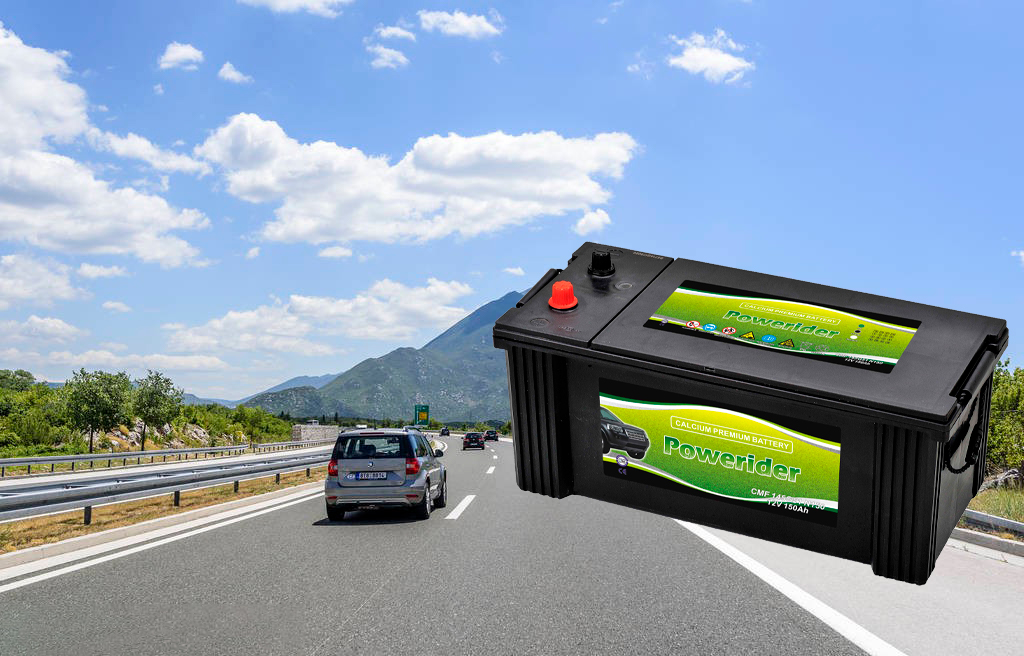
Privacy statement: Your privacy is very important to Us. Our company promises not to disclose your personal information to any external company with out your explicit permission.
Among all the faults, compared with other systems, the fault of BMS is relatively high and difficult to deal with.
Maintenance Free Battery Management System (BMS) is responsible for controlling Lithium Battery or Lead acid battery charging and discharging and estimating battery status. It is closely related to batteries and vehicle systems.
However, many domestic automobile manufacturers and Lead Acid Batteries PACK enterprises do not understand the importance of BMS.Some car companies even think that the individual battery cell link, can ensure the operation of the vehicle. They're taking a chance on its safety.
It is reported that some automakers (taking low-speed cars as an example) blindly pursue low prices in BMS purchase in order to seize market share. In order to obtain the contract, some bad BMS suppliers reduce the BMS function index or "emasculate" part of the function to achieve the effect of low cost.
But in fact, among all the faults, compared with other systems, the fault of BMS is relatively high and difficult to deal with. Such a irresponsibility behavior has caused damage to the healthy development of the industry while planting security risks.

Therefore, a lithium TV big data reporter did a analysis, collated on BMS common fault type,for reference in the industry.
1. The main relay does not draw after power-on
Possible reasons:
The load detection line is not connected, the precharged relay is open, and the precharged resistor is open.
Troubleshooting method:
Use the BDU display module to check the busbar voltage data, check the battery bus voltage, load bus voltage is normal; Check whether the load bus voltage rises during the precharging process.
2. The BMS cannot communicate with the ECUs
Possible reasons:
The BMU is not working and the CAN signal cable is disconnected
Troubleshooting method:
Check whether the 12V/24V power supply to the BMU is normal. Check whether the pin of the CAN signal transmission line is removed or the plug is not inserted. Monitor CAN port data to see whether BMS or ECU packets can be received.
3. The communication between BMS and ECUs is unstable
Possible reasons:
The external CAN bus is poorly matched and the bus branches are too long
Troubleshooting method:
Check whether the bus matching resistance is correct; Whether the matching position is correct and or the branch is too long?
4. BMS internal communication is unstable
Possible reasons:
The cable plug is loose, the CAN cable routing is irregular, and the BSU address is repeated.
Troubleshooting method:
Check whether the wiring is loose; Detect whether the bus matching resistance is correct, whether the matching position is correct, whether the branch is too long; Check whether the BSU address is repetition.
5. The whole system does not work after the system is powered
Possible reasons:
The power supply is abnormal, the wiring harness is short-circuited or disconnected, and the DCDC has no voltage output.
Troubleshooting method:
Check whether the external power supply to the management system is normal and meets the minimum working voltage required by the management system. Check whether the limited current of the external power supply results in insufficient power supply to the management system. The external power supply can be adjusted to meet the requirements of the management system; Check whether the wiring harness of the management system has short circuit or open circuit, modify the wiring harness to make it work normally; If the external power supply and wiring harness are normal, check whether the DCDC that supplies power to the whole system in the management system has voltage output. If an exception occurs, replace the faulty DCDC module.
6. The battery current data is incorrect
Possible reasons:
The Hall signal cable plug is loose, the Hall sensor is damaged or incorrectly connected, or the collection module is damaged.
Troubleshooting method:
Reinsert the signal cable of the current Hall sensor. Check whether the Hall sensor power supply and signal output are normal; Replace the collection module.


Privacy statement: Your privacy is very important to Us. Our company promises not to disclose your personal information to any external company with out your explicit permission.

Fill in more information so that we can get in touch with you faster
Privacy statement: Your privacy is very important to Us. Our company promises not to disclose your personal information to any external company with out your explicit permission.